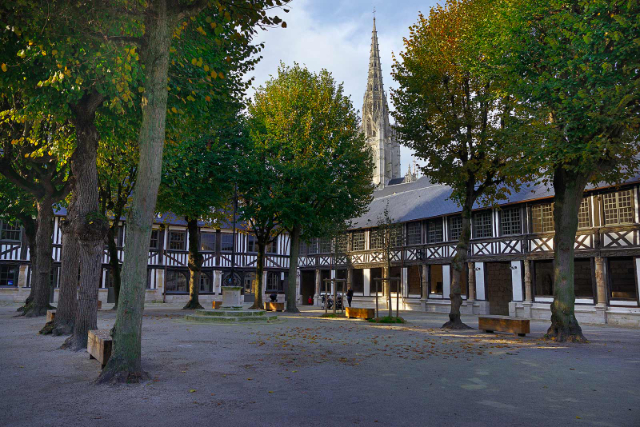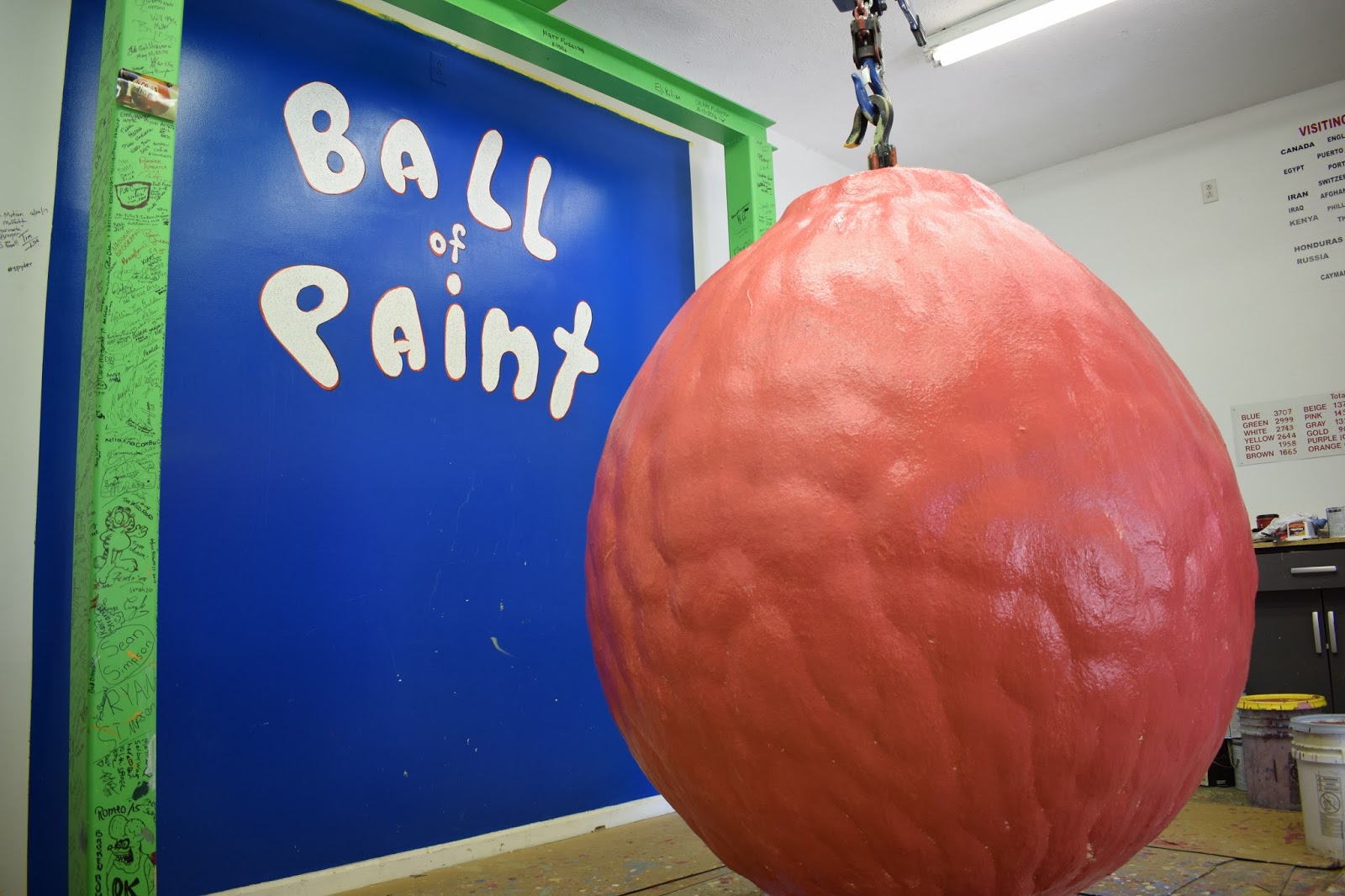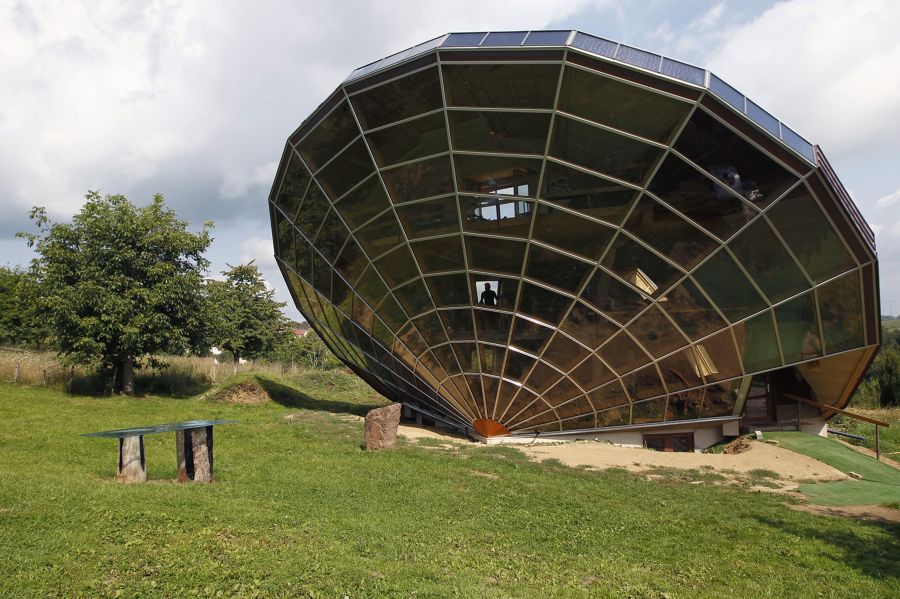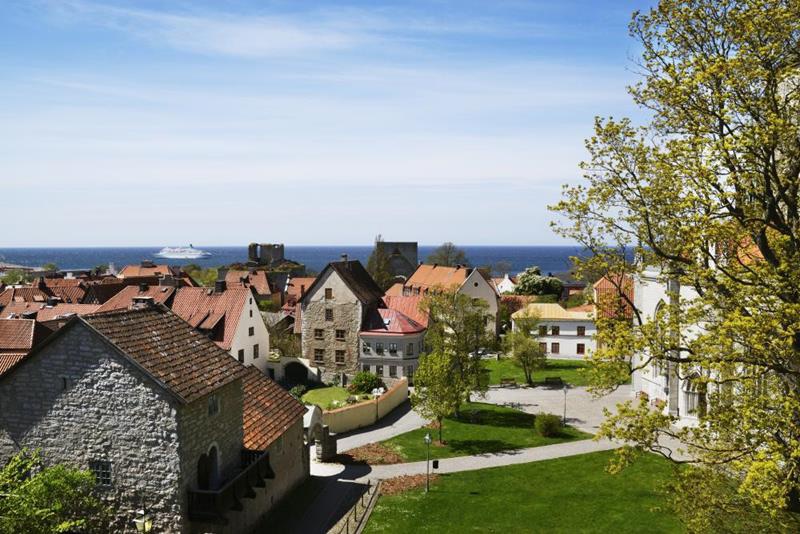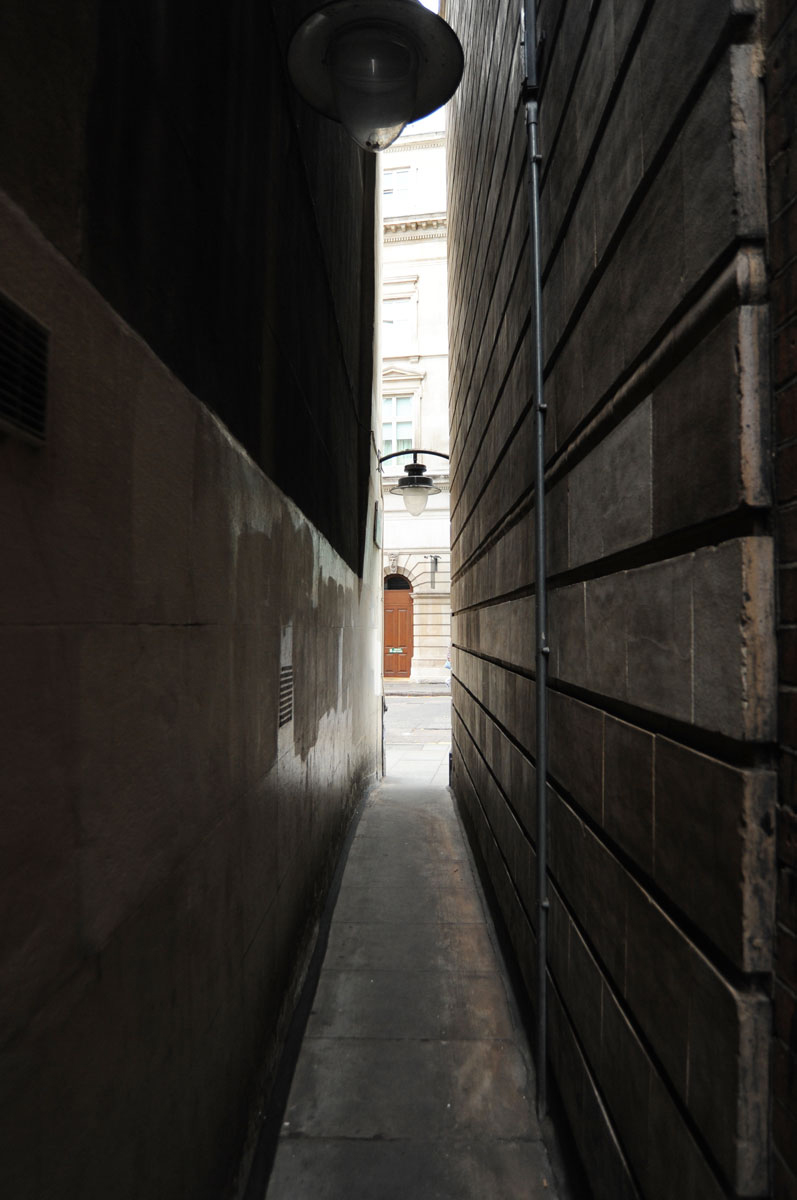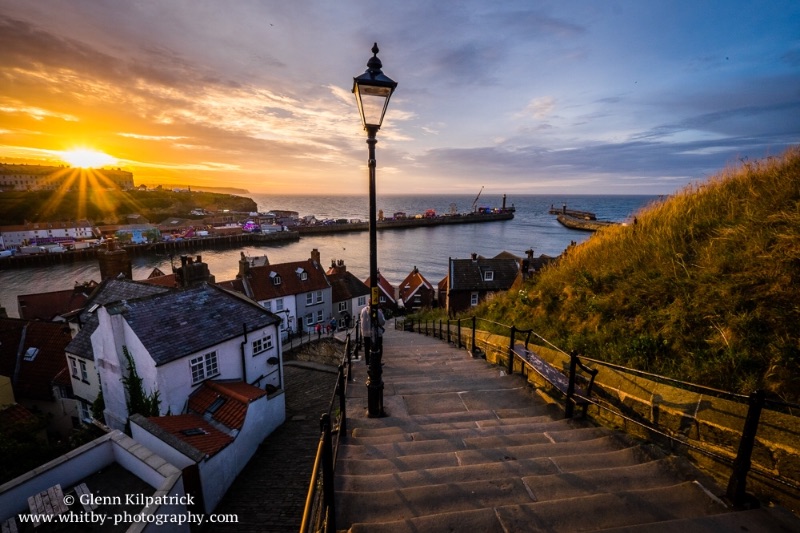The Aître St. Maclou is an ancient ossuary that offers a glimpse into the macabre aspects of the city’s history. An aître is a term used to describe a courtyard typically associated with a cemetery or ossuary.
The Aître St. Maclou is located near the Church of Saint-Maclou, a stunning example of Gothic architecture. It dates back to the 16th century and was originally used as a burial ground during times of plague outbreaks and other epidemics.
The ossuary’s courtyard is enclosed by half-timbered buildings that feature intricately carved wooden facades. These ornate carvings depict various symbols associated with death, including skulls, bones, and other macabre motifs.
Within the Aître St. Maclou, visitors can explore the courtyard and its surrounding buildings. The courtyard itself is paved with cobblestones and features a central well. The buildings once served as residences for the clergy and the charitable brotherhood that tended to the deceased during times of crisis.
Today, the Aître St. Maclou is not used for its original purpose as an ossuary, but it stands as a unique architectural and historical site. It offers visitors a chance to experience the atmosphere of a bygone era and contemplate the fragility and transience of life.
Rouen itself is a city steeped in history, with a wealth of attractions, including the Rouen Cathedral, the Gros-Horloge astronomical clock, and the historic old town with its charming streets and half-timbered houses.
The Aître St. Maclou in Rouen is an intriguing destination for those interested in exploring the historical and cultural heritage of the city. It serves as a reminder of Rouen’s past and the somber reality of mortality, providing visitors with a unique perspective on the darker aspects of human existence.
